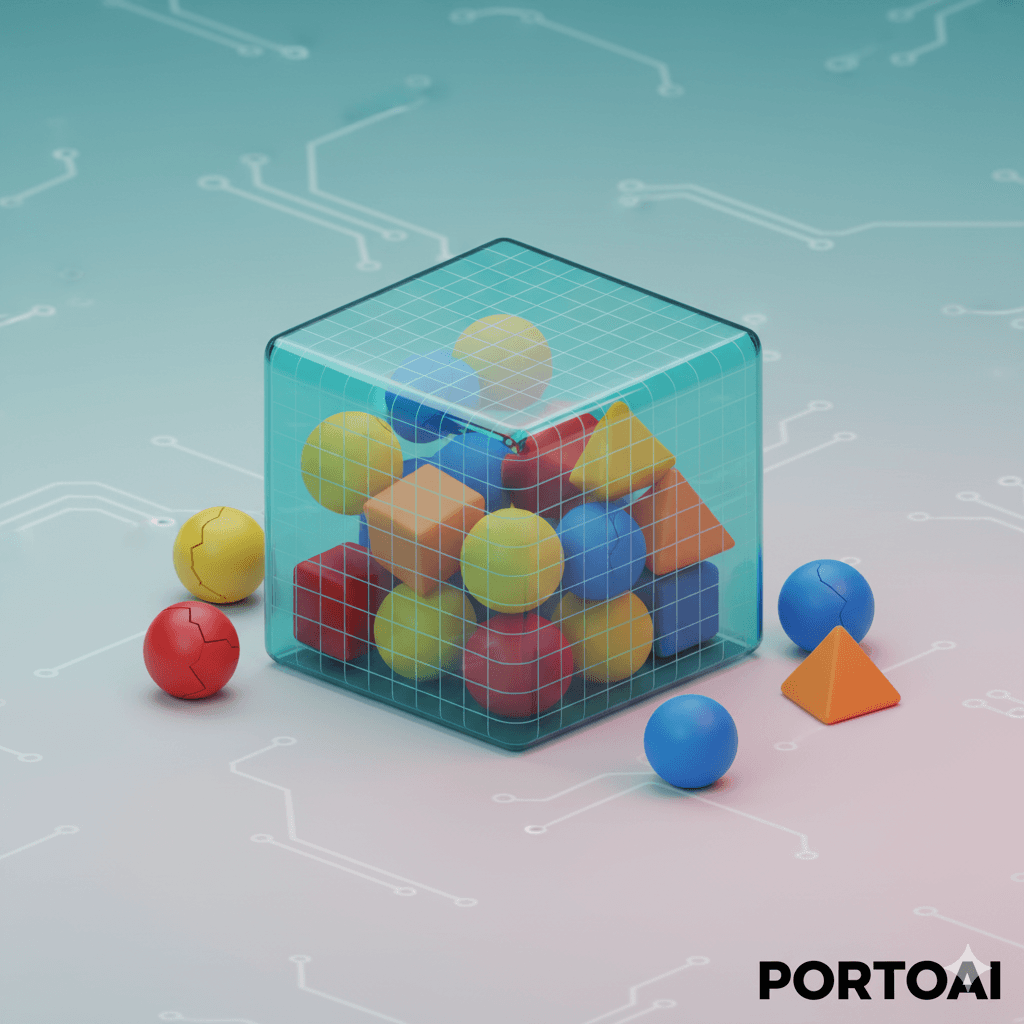Cash Settlement vs. Physical Delivery: Which Futures Contract is Right?

Venkateshwar Jambula
Lead Market Researcher
4 min read
•Published on September 4, 2024
•Cash Settlement vs. Physical Delivery: Navigating Futures Contract Fulfillment
In the dynamic world of futures trading, understanding the mechanics of contract settlement is paramount. Two primary methods govern how a futures contract concludes: cash settlement and physical delivery. While both serve to finalize obligations, they cater to distinct market needs and investor profiles. For sophisticated investors and financial professionals leveraging AI-powered insights, grasping these differences is crucial for effective risk management and strategic execution. PortoAI's Market Lens can help identify contracts and understand settlement implications.
Understanding Cash Settlement
Cash settlement is a method where the financial obligation of a futures contract is resolved through a monetary payment, rather than the actual exchange of the underlying asset. This process is common for contracts where physical delivery is impractical, costly, or undesirable.
Key Characteristics of Cash Settlement:
- Financial Compensation: At expiration, the difference between the contract price and the prevailing market price of the underlying asset is paid in cash. The seller pays the buyer if the market price is lower than the contract price, and vice versa.
- Simplicity and Flexibility: It eliminates the complexities associated with logistics, transportation, storage, and quality verification inherent in physical goods.
- Broad Applicability: Widely used for financial instruments like stock market indices, interest rates, and certain commodities (e.g., some metals and agricultural products) where direct delivery is burdensome.
- Speculative and Hedging Tool: Favored by traders and investors focused on price speculation or hedging without the intent of owning the physical asset.
Example: If you hold a cash-settled gold futures contract and the market price rises above your contract price at expiration, you receive a cash payment equivalent to that difference. PortoAI's data synthesis tools can help track these price movements efficiently.
Understanding Physical Delivery
Physical delivery involves the actual transfer of the underlying commodity from the seller to the buyer upon the contract's expiration. This method is more common for commodities that are tangible and where end-users require the physical asset.
Key Characteristics of Physical Delivery:
- Actual Exchange of Goods: The buyer receives the specified quantity and quality of the underlying commodity.
- Logistical Complexity: Requires coordinating delivery locations, warehousing, transportation, and ensuring compliance with quality standards. This often involves the use of warehouse receipts.
- Targeted Market Participants: Typically involves producers, manufacturers, consumers, and suppliers who have a direct need for the physical commodity.
- Meeting Real Demand: Primarily used by entities looking to secure physical supply or dispose of physical inventory.
Example: If you hold a physically-delivered wheat futures contract, you will receive actual bushels of wheat at the agreed-upon delivery point and time. Managing the associated logistics can be a significant undertaking, highlighting the need for robust operational planning.
Key Differences Summarized
The distinction between cash settlement and physical delivery impacts contract selection, risk management, and operational requirements. PortoAI's platform can help analyze these nuances.
| Feature | Cash Settlement | Physical Delivery |
|---|---|---|
| Nature | Financial compensation based on price difference | Actual exchange of the underlying commodity |
| Purpose | Speculation, hedging, price risk management | Securing physical supply, fulfilling production needs |
| Logistics | Minimal to none; avoids transport and storage costs | Requires handling, warehousing, and transportation |
| Market Players | Traders, investors, index funds | Producers, consumers, manufacturers, physical traders |
| Contract Execution | Settled via price index or clearinghouse | Fulfilled by delivering goods to designated locations |
Choosing between cash-settled and physically-delivered futures contracts depends on your investment objectives, risk tolerance, and operational capabilities. For investors seeking to navigate these complexities with greater confidence, PortoAI provides the advanced analytical tools necessary to make data-driven decisions.
Blog
Investment Insights and Tips
Explore our latest investment strategies and insights.

Commodities
What is a Quote-Driven Market? Understanding Dealer Markets Explained
A quote-driven market refers to a type of financial market structure in which market participants trade through market makers who quote bid and ask prices for securities. Market makers play a crucial ...
Venkateshwar Jambula
September 28, 2024
•4 min read

Stocks
What is Swing Trading? A Data-Driven Guide for Investors
Swing trading is a method of trading where a market participant takes a position for a couple of days to a couple of weeks to take advantage of short- to medium-term price swings. This is done to capt...
Venkateshwar Jambula
September 28, 2024
•4 min read

Commodities
What is On-Balance Volume (OBV)? A Trader's Guide to Momentum
On-Balance Volume (OBV) is a technical analysis indicator that predicts the change in a stock’s price through its volume flow. When trading financial securities, price and volume are considered two ke...
Venkateshwar Jambula
September 28, 2024
•4 min read

Commodities
Master Algorithmic Trading: Strategies & AI Insights
Algorithmic trading is a method of automating trades based on pre-programmed instructions. Think of it like using an algorithm for intraday trading where it can automate trading decisions and swiftly ...
Venkateshwar Jambula
September 28, 2024
•6 min read